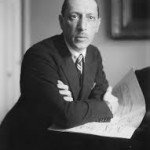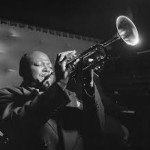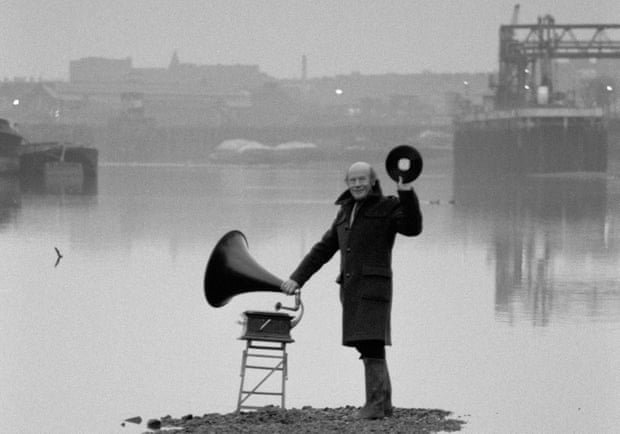Why Music? Memory and Meaning
Dear Reader
This blog is Part 3 of a 4-part presentation of my script for the Music and Memory lecture, which was broadcast on BBC Radio 3 on September 27th. If you wish to catch up, you can read Part 1 of Music and Memory lecture here and Part 2 here. Part 3 moves into the role of meaning…
——————————————————————————-
I’m Victoria Williamson and together with principal players of Aurora Orchestra I’m looking at the links between music and memory.
So far we have explored the power of musical elements in driving the formation of strong memories: melody, variation, harmony and counterpoint
But music also has general properties that make it a powerful mind stimulant. This leads us to the question of how music affects us in such a way as to make for life-long treasured memories.
First up, let’s explore music’s ability to mean more than just a series of sounds.
 One of the often-cited differences between music and language is the concept of referential meaning.
One of the often-cited differences between music and language is the concept of referential meaning.
Language allows us to refer directly to objects in the world.
We utter a word or make a sign with our hands and instantly a person who knows our language can appreciate the real world concept to which we refer, whether that be a ‘dog’ or a ‘sunset’.
By contrast music has been described as a-referential. This is because in most cases it is impossible to imagine a piece of music that everyone would agree is a direct reference to a ‘dog’ or a ‘sunset’. Music simply does not provide an unambiguous pathway to meaning in the same way as language.
However, it would be a mistake, following this line of argument, to claim that music is devoid of meaning.
Indeed, one of the beauties of music is its capacity to carry ‘floating intentionality’, a term used by the Cambridge musicologist Ian Cross. This phrase captures the sense that we are able to perceive our preferred meaning in music. In response to the same piece of music you might imagine an ocean, I might imagine a rollercoaster, and the next person might remember a personal life event. All meanings are valid, though incredibly varied.
 Music carries meaning that we impose ourselves, and this extra layer of response to hearing music – whether it conjures up visual imagery, a physical sensation or a personal memory – all helps to build a stronger memory than would ever be possible by sound alone.
Music carries meaning that we impose ourselves, and this extra layer of response to hearing music – whether it conjures up visual imagery, a physical sensation or a personal memory – all helps to build a stronger memory than would ever be possible by sound alone.
A conductor once told me that a great piece of music should be as a mirror, so that everyone can see himself or herself.
This human tendency to elaborate on music, to make it our own by imbibing meaning, allows us to weave glorious sounds into our understanding of the world, into our own life story. By this process music becomes part of our memory, part of us.
—-
There is another layer of meaning that music affords, on top of the very personal response that is unique to all of us.
 While direct reference to objects in the world may be largely impossible, music can often transmit similar ideas or concepts to groups of people.
While direct reference to objects in the world may be largely impossible, music can often transmit similar ideas or concepts to groups of people.
For example, consider the idea of wide open spaces vs. confinement or claustrophobia
– just think of the opening of Aaron Copland’s Appalachian Spring compared to the shower scene music from Bernard Herrmann’s score for Hitchock’s Psycho.
General concepts, like these, are meant to communicate meaning to a wide audience and they can be carried successfully by music: hence the symbiotic role of music in theatre, opera and film.
The musical ideas in these art forms must communicate unambiguous meaning to the viewer in order to set up the right expectations for visual action that will follow. The success of music as an integrative medium in these art forms speaks to its power to carry meaning in this way.
As with personal meaning, when we recognise a general meaning in music, whether it is of our own invention or at the will of the composers and musicians, we subconsciously stimulate other ideas relating to that meaning. These extra ideas could be images, feelings, or sensations.
These extra ideas driven by music evoke memory systems outside the auditory domain. Links throughout the brain exist between the music processing networks and visual, motor and other sensory memories for precisely this purpose.
 There are also brain circuits devoted to integrating these different streams of meaning together into a conscious understanding of the present moment.
There are also brain circuits devoted to integrating these different streams of meaning together into a conscious understanding of the present moment.
The co-activation of memories across the senses is beyond our voluntary control. Imagine a series of domino lines – once triggered by music the thoughts and their meanings are brought to mind in spontaneous, inevitable and rapid fashion.
To illustrate the idea of how musical meaning can trigger memories, we’re going to hear the suite from Igor Stravinsky’s The Soldier’s Tale.
As you hear the music you might consider the meanings that it invokes. You might, if you know the piece, have some personal life memories that come to you alongside the music. But to give you the opportunity of another experience in musical meaning here’s a little background.
 The Soldier’s Tale comes at the end of a miserable period in Stravinsky’s life – the years of the First World War when he was broke and trying to provide for his family and sick wife in Switzerland.
The Soldier’s Tale comes at the end of a miserable period in Stravinsky’s life – the years of the First World War when he was broke and trying to provide for his family and sick wife in Switzerland.
As he struggled, in exile from his native Russia, he often drew on Russian folk traditions – literary and musical – as sources and inspiration for his music.
Memory and music coming together… again!
The Soldier’s Tale is the last of these works, a final (and unsuccessful) moneymaking scheme – a small-scale music-theatre enterprise with three actors (Devil, Soldier and Narrator), a dancer (Princess) and seven instrumentalists.
The story is based on a Russian folk tale of a soldier who makes a pact with the Devil that he tries, and of course fails to evade. We’re going to hear the suite Stravinsky made for clarinet, violin and piano.
 Along with Stravinsky’s Russian folk memories are musical memories: you’ll hear Stravinsky-ised versions of a tango, waltz and ragtime. And you’ll also hear Stravinsky’s memories of the jazz he heard in pre-War Paris running through the piece.
Along with Stravinsky’s Russian folk memories are musical memories: you’ll hear Stravinsky-ised versions of a tango, waltz and ragtime. And you’ll also hear Stravinsky’s memories of the jazz he heard in pre-War Paris running through the piece.
And of course, in Stravinsky’s original conception as piece of music-theatre, all this would be linked to the visual and spoken elements.
So, to play Stravinsky’s Suite from The Soldier’s Tale, please welcome principal players of Aurora Orchestra: James Burke, clarinet, Alexandra Wood, violin, and John Reid, piano.


